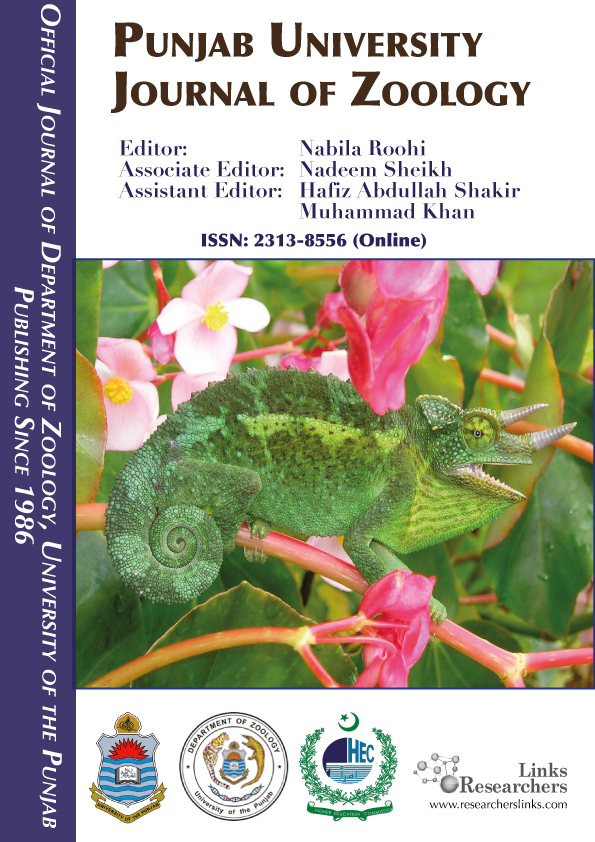Hai-Bo Wang, Qiu-Hua Mo, Ze Yang*
Usman Ijaz1, Muhammad Sajid Tahir2, Khalid Abdul Majeed3*, Shahid Iqbal4, Iffat Huma5, S. Firyal6, Ijaz Ahmed7, Shahid Chohan8 and Aamir Riaz Khan9
Ali Raza Awan*, Sehrish Firyal, Muhammad Tayyab, Lala Rukh, M. Zia ul Haq, Shagufta Saeed and Muhammad Wasim
Shazia Irfan1*, Asima Rani1, Muhammad Arshad2 and Razia Bashir1
Nirbhay Kushwaha, Achuit K Singh, Brotati Chattopadhyay and Supriya Chakraborty
Ayesha Bibi*, Musharaf Ahmad and Shaukat Hussain
Rashid Minhas*, Iftikhar Ahmad Khan**, Faisal Saeed Awan**, Lal Hussain Akhtar*, Syed Awais Sajid Shah* and M. Shahjhan Bukhari*













